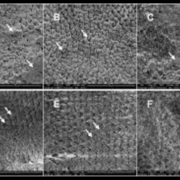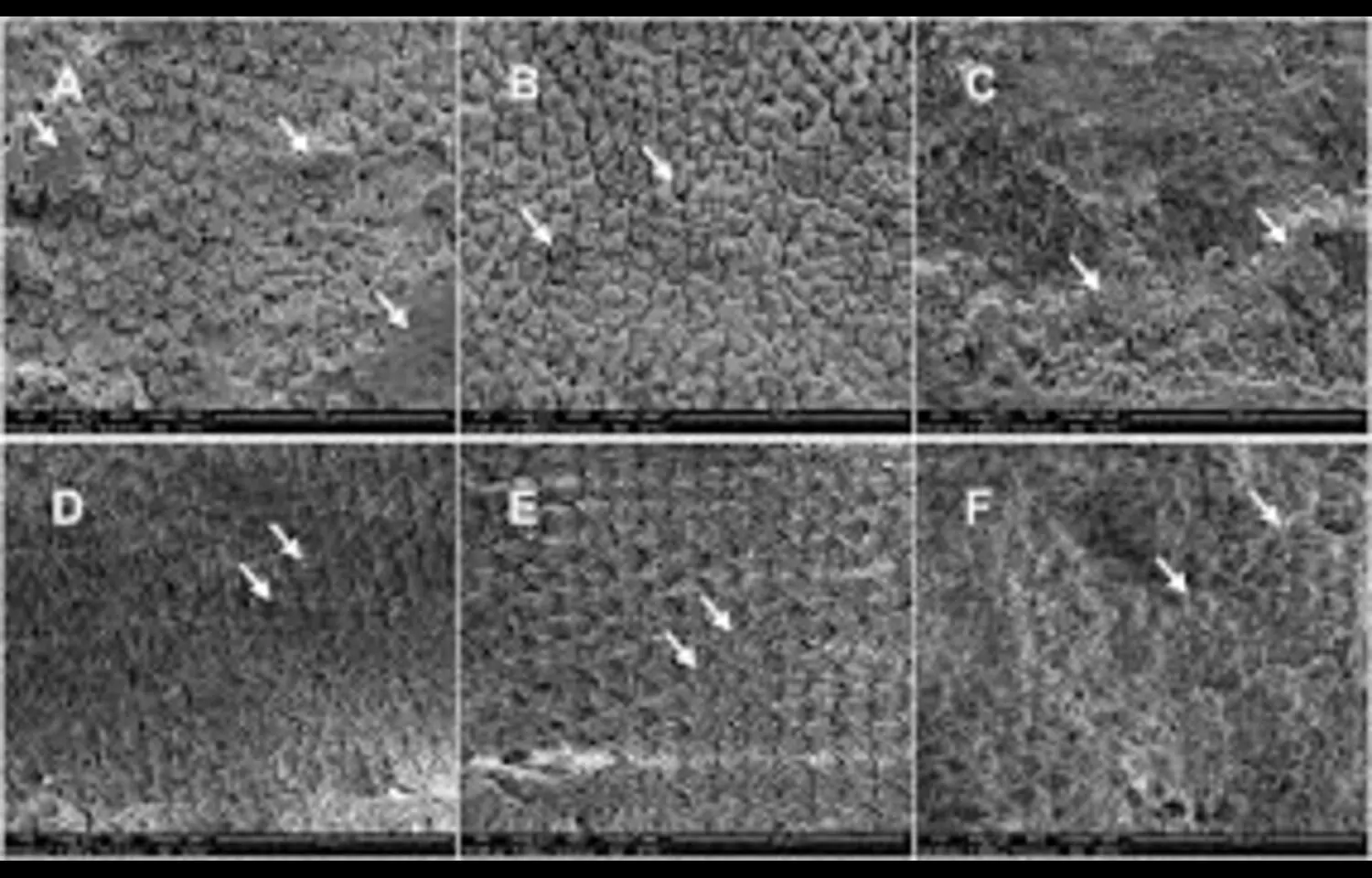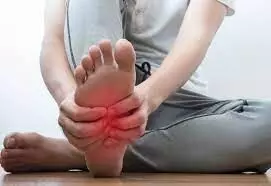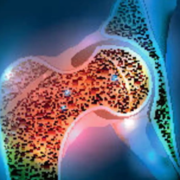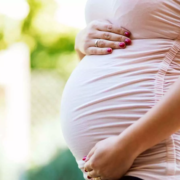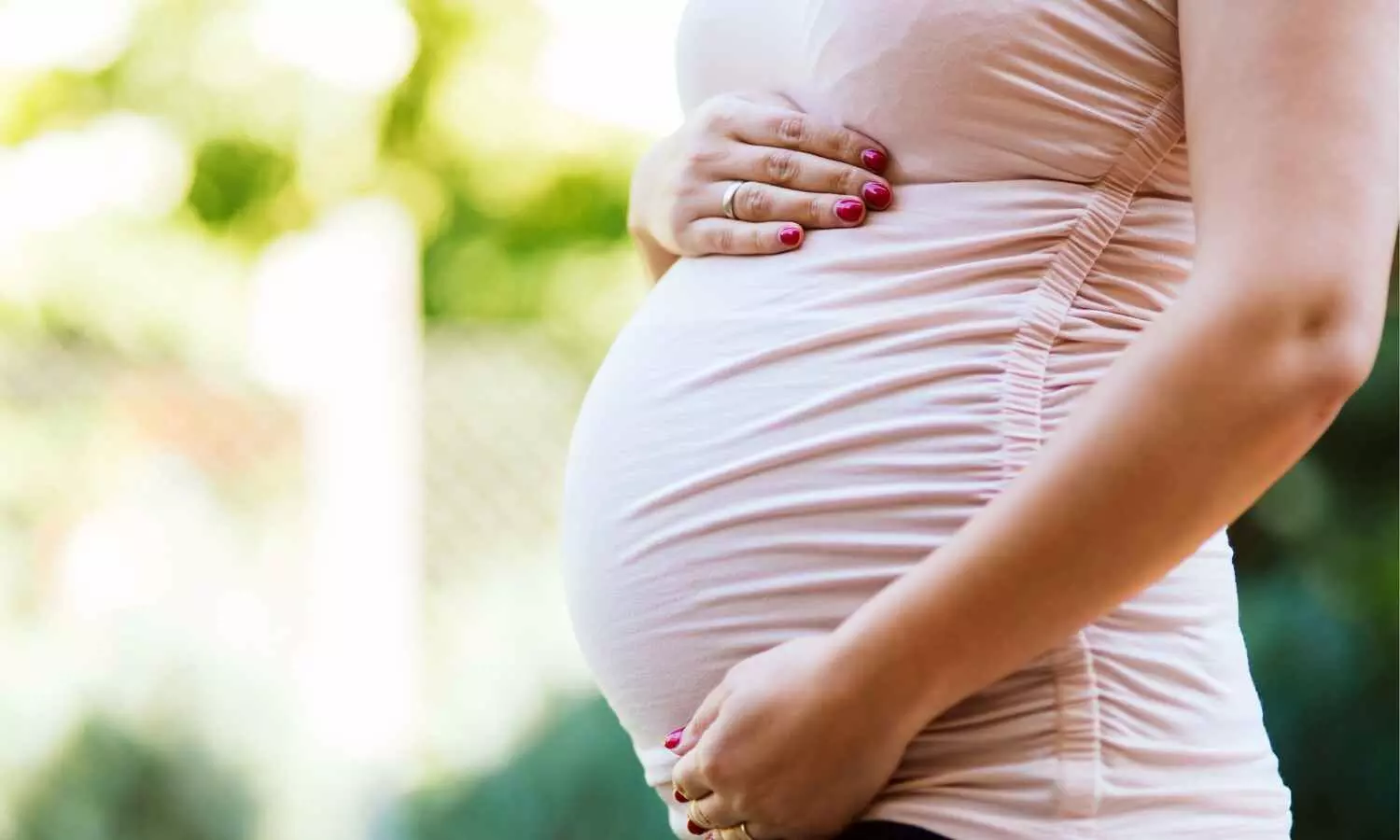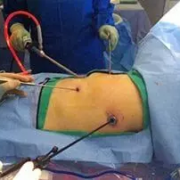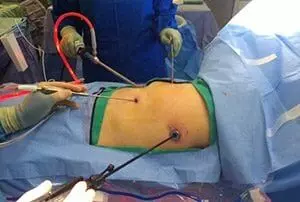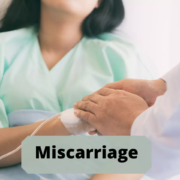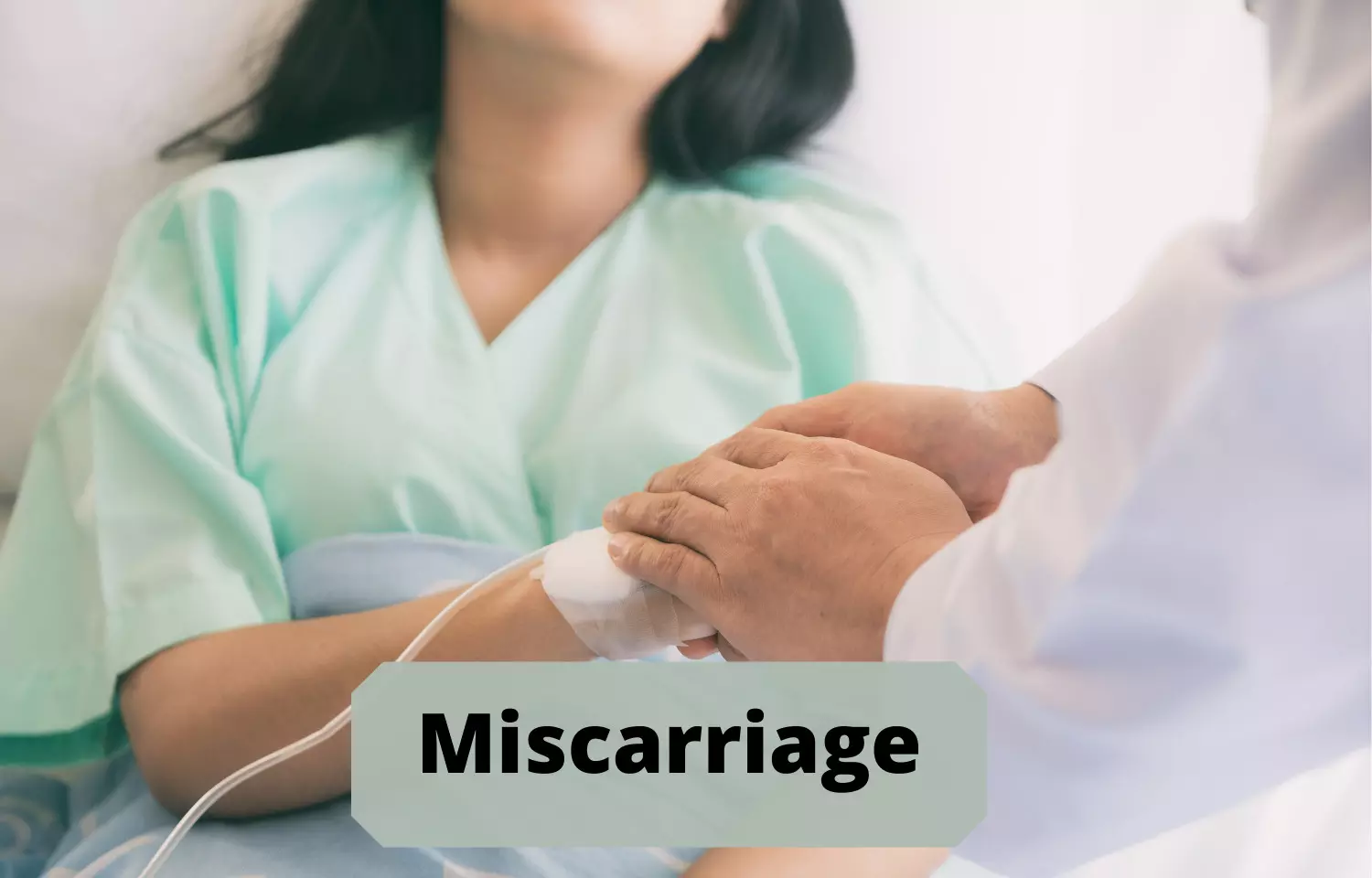Diet rich in omega-3 fatty acids may help ward off short sightedness in children: Research

A diet rich in omega-3 fatty acids, found predominantly in fish oils, may help ward off the development of short sightedness (myopia) in children, while a high intake of saturated fats, found in foods such as butter, palm oil, and red meat, may boost the risk of the condition, finds research published online in the British Journal of Ophthalmology.
The global prevalence of myopia is rising, especially in East Asia, and it’s predicted that around half of the world’s population will be affected by 2050, note the researchers.
Risk factors are thought to include excessive screen time and too little time spent outdoors, as well as inherited susceptibility, they explain.
Omega-3 polyunsaturated fatty acids (ω-3 PUFAs), which can only be obtained from the diet, are thought to improve/prevent several chronic eye conditions, including dry eye disease and age-related macular degeneration. But whether they can help ward off myopia isn’t clear as studies to date have been experimental and haven’t included people.
To explore this further, the researchers drew on 1005 Chinese 6-8 year olds, randomly recruited from the population based Hong Kong Children Eye Study, which is tracking the development of eye conditions and potential risk factors.
The children’s eyesight was assessed and their regular diet measured by a food frequency questionnaire, completed with the help of their parents. This included 280 food items categorised into 10 groups: bread/cereals/pasta/rice/noodles; vegetables and legumes; fruit; meat; fish; eggs; milk and dairy products; drinks; dim sum/snacks/fats/oils; and soups.
Intakes of energy, carbohydrate, proteins, total fat, saturated fats, monounsaturated fats, PUFAs, cholesterol, iron, calcium, vitamins A and C, fibre, starch, sugar and nutrients were then calculated, based on the questionnaire responses.
The amount of time the children spent outdoors in leisure and during sports activities, reading and writing, and on screens during weekdays and at the weekend was calculated from validated questionnaire responses.
In all, around a quarter of the children (276; 27.5%) had myopia. Higher dietary intake of omega-3 fatty acids was associated with a lower risk of the condition.
Axial length-measurement of the eye from the cornea at the front to the retina at the back, and an indicator of myopia progression—was longest in the 25% of children with the lowest dietary intake of omega-3 fatty acids, after accounting for influential factors, including age, sex, weight (BMI), the amount of time spent in close work and outdoors, and parental myopia.
It was shortest in the 25% of children with the highest dietary intake of omega-3 fatty acids.
Similarly, cycloplegic spherical equivalent (SE), which measures refractive error, such as the degree of shortsightedness, was highest in those with the lowest omega-3 fatty acid intake and lowest in those with the highest intake.
But these findings were reversed for the 25% of children with the highest saturated fat intake, compared with the 25% of those with the lowest. None of the other nutrients was associated with either measure or myopia.
This is an observational study, and as such, can’t establish causal and temporal factors. And the researchers acknowledge that food frequency questionnaires rely on recall and only provide a snapshot in time of diet. Nor was there objective evidence of nutritional intake from blood samples.
The prevalence of myopia in Hong Kong is also among the highest in the world. And whether the findings might apply to other ethnic groups with different lifestyles and less myopia remains to be verified, they add.
But omega-3 fatty acids may suppress myopia by increasing blood flow through the choroid, a vascular layer in the eye, responsible for delivering nutrients and oxygen, and so staving off scleral hypoxia-oxygen deficiency in the white of the eye and a key factor in the development of shortsightedness, they suggest.
And they conclude: “This study provides the human evidence that higher dietary ω-3 PUFA intake is associated with shorter axial length and less myopic refraction, highlighting ω-3 PUFAs as a potential protective dietary factor against myopia development.”
Reference:
Dietary omega-3 polyunsaturated fatty acids as a protective factor of myopia: the Hong Kong Children Eye Study Doi: 10.1136/bjo-2024-326872
Powered by WPeMatico


